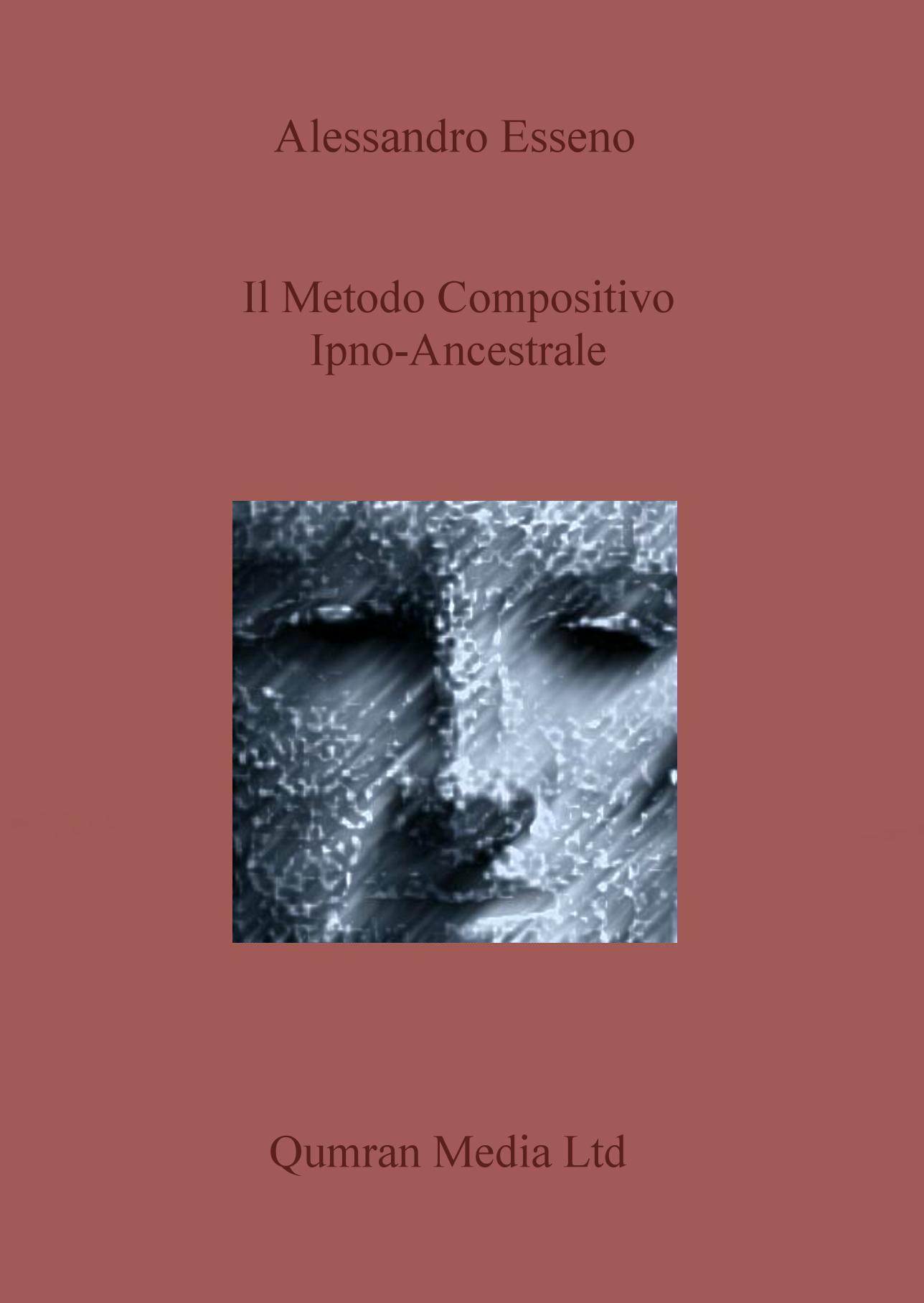
Since the late 90 ', takes a very personal form then renamed method hypno-ancestral, that will be used systematically by the composer throughout the decade 2000-2010. From the first experiments with a serial acoustic instruments like piano and strings, the method is encoded into a series of tables like numerology, in the manner of the Pythagoreans, making use, inter alia, the calculation of biorhythms personnel, phases of the moon, as well as meditation techniques of Hatha Yoga type, or even states of semi-trance mediumship or channeling. The application of this method is based primarily on cells and atonal polyrhythmic a strongly hypnotic going to collide in a "serial" sounds with upper and lower bands in a kind of "magma" sound in continuous flow, can create a dream-like disorientation in the listener, as well as causing any kind of space-time consciousness. Far from being a mere intellectual end in itself, the method developed by Esseno vice versa inspiration is rooted in African tribal music of primitive peoples of the basin and the Middle East, putting this in the theories of quantum physics related to the perception of sounds and the passing of time. Compared with other methods such as the twelve-tone composition or counterpoint, which express nothing but themselves in relation to the musical material, the method goes further by binding inseparably to the concept of entropy, energy, understood as the vibration of sounds that can raise spiritually is he running, he who hears. Unlike genres such as New Age or other, often of pure entertainment, the Esseno's composition differ in thickness and cultural themes, always fell in the realities of our time.
Genre: MUSIC / General
Good ebook sales and book
1. Pitagora
Pochi sanno che oltre al teorema in geometria sull'angolo retto del
triangolo, Pitagora (Samo, c. 570 a.C. – Metaponto, c. 495 a.C.),
lasciò al mondo altri 326 teoremi su un altro settore che potremmo
definire Matematica Spirituale. Gli insegnamenti di Pitagora
appartengono al mondo, la tradizione ci dice che egli stesso lasciò
ai suoi discepoli trentatré volumi contenenti i suoi insegnamenti.
Tali insegnamenti sono arrivati di generazione in generazione fino
a noi.
Si suppone che Pitagora sia nato il 570 a.C. nell'isola di Samo, figlio di un gioielliere delle stessa
città Mnesarco, e di una delle donne più belle dell'isola, la madre Pitaide.
In quei tempi i centri della saggezza erano in Egitto, in India e in
Grecia. Si narra che all'età di diciotto anni Pitagora perse il padre.
A quel tempo uno dei grandi maestri di saggezza era Talete di
Mileto di cui Pitagora divenne discepolo. Su consiglio del suo
maestro, Pitagora successivamente si imbarcò per l'Egitto. Alcune
delle materie di studio più preziose erano la Medicina, La Legge e
la Scienza di Dio o Teologia. Dopo un iniziale atteggiamento di
scetticismo nei suoi confronti, i maestri Egizi iniziarono a trattarlo
con venerazione avendo compreso di avere davanti a loro una
persona non comune.
| Language | Status |
|---|---|
|
Portuguese
|
Already translated.
Translated by Lucas NM
|
|
Spanish
|
Translation in progress.
Translated by Margarita Diaz del Castillo
|